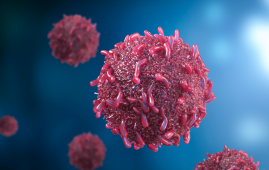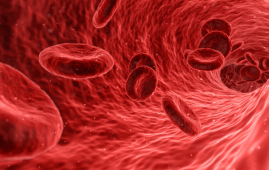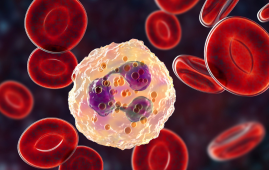

According to a new survey, the increased suicide by young people of color is a major contributing factor to the country’s increased suicide rate. Native Americans, Blacks, and Hispanics all experienced significant increases in suicide, with a shocking spike among young Black individuals. The CDC stated on Friday that the suicide rate among seniors decreased between 2018 and 2021. In the United States, 48,183 persons committed suicide in 2021, resulting in a suicide rate of 14.1 per 100,000 inhabitants. That amount equates to the 2018 suicide rate, which experienced a peak and subsequent reductions brought on by the pandemic.
According to experts, rising suicide rates are normal during major crises like the COVID-19 epidemic. In times of war and natural disaster, when psychological resilience tends to grow and people join together to endure common adversity, suicide rates have also decreased. “That will wane, and then you will see rebounding in suicide rates. That is, in fact, what we feared would happen. And it has happened, at least in 2021,” Christine Moutier, MD, the chief medical officer of the American Foundation for Suicide Prevention, told The New York Times.
As per the latest CDC research, Black people aged 10 to 24 showed the highest increase in suicide rates, rising by 36.6% between 2018 and 2021. According to the American Psychiatric Association, despite the fact that Black individuals experience mental illness at the same rates as the general population, they traditionally have had disproportionately little access to mental health services.
The authors of the CDC research stated that some of the highest increases in suicide rates were among the pandemic’s most vulnerable populations. Native Americans experienced a 33.7% increase in suicide rates for those ages 25 to 44 between 2018 and 2021, while Black people experienced a 22.9% increase. Additionally, suicide rates rose among multiracial individuals by 20.6% and among Hispanic or Latino individuals by 19.4%. Suicide rates among white people of all ages decreased or stayed the same.
“As the nation continues to respond to the short and long-term impacts of the COVID-19 pandemic, remaining vigilant in prevention efforts is critical, especially among disproportionately affected populations where longer-term impacts might compound pre-existing inequities in suicide risk,” CDC researchers wrote.
more recommended stories
 Silica Nanomatrix Boosts Dendritic Cell Cancer Therapy
Silica Nanomatrix Boosts Dendritic Cell Cancer TherapyKey Points Summary Researchers developed a.
 Vagus Nerve and Cardiac Aging: New Heart Study
Vagus Nerve and Cardiac Aging: New Heart StudyKey Takeaways for Healthcare Professionals Preserving.
 Cognitive Distraction From Conversation While Driving
Cognitive Distraction From Conversation While DrivingKey Takeaways (Quick Summary) Talking, not.
 Fat-Regulating Enzyme Offers New Target for Obesity
Fat-Regulating Enzyme Offers New Target for ObesityKey Highlights (Quick Summary) Researchers identified.
 Spatial Computing Explains How Brain Organizes Cognition
Spatial Computing Explains How Brain Organizes CognitionKey Takeaways (Quick Summary) MIT researchers.
 Gestational Diabetes Risk Identified by Blood Metabolites
Gestational Diabetes Risk Identified by Blood MetabolitesKey Takeaways (Quick Summary for Clinicians).
 Phage Therapy Study Reveals RNA-Based Infection Control
Phage Therapy Study Reveals RNA-Based Infection ControlKey Takeaways (Quick Summary) Researchers uncovered.
 Pelvic Floor Disorders: Treatable Yet Often Ignored
Pelvic Floor Disorders: Treatable Yet Often IgnoredKey Takeaways (Quick Summary) Pelvic floor.
 Urine-Based microRNA Aging Clock Predicts Biological Age
Urine-Based microRNA Aging Clock Predicts Biological AgeKey Takeaways (Quick Summary) Researchers developed.
 Circadian Control of Neutrophils in Myocardial Infarction
Circadian Control of Neutrophils in Myocardial InfarctionKey Takeaways for HCPs Neutrophil activity.

Leave a Comment